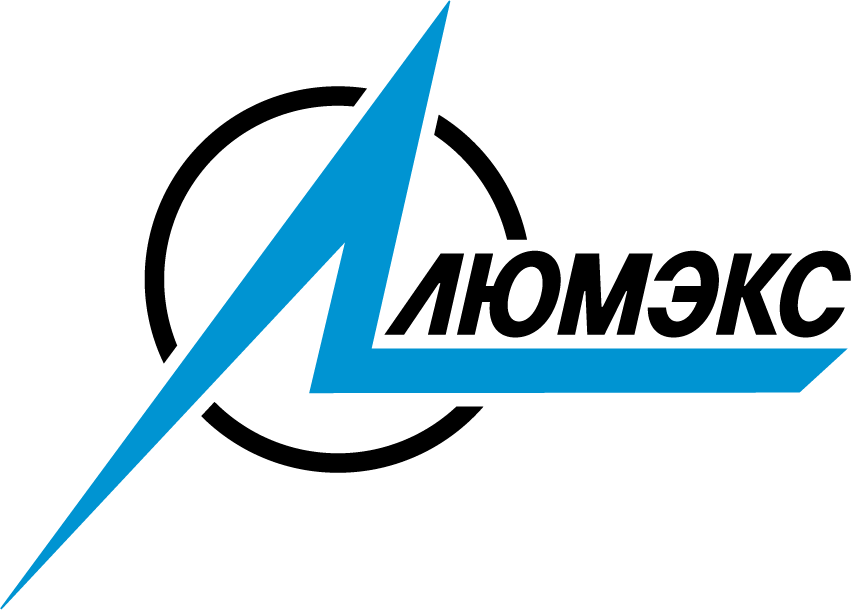The Challenge
Mercury is a global pollutant of concern to human health and the environment. The Minamata Convention provides a powerful impetus for global efforts to reduce and eliminate use of mercury and mercury compounds. However, there are still limitations surrounding the availability and quality of Earth observation data, as well as the sharing of monitoring data and modelling outputs that support policy implementation.
The Solution
The Global Observation System for Mercury (GOS4M) offers high-quality and comparable data of mercury concentrations and fluxes in air, ocean and terrestrial ecosystems, validated models to assess the fate of mercury in air and oceans, and fully integrated Knowledge Hub for assessing the effectiveness of policy measures. GOS4M’s data and services include a Data Catalog & Monitoring Network, Community Portal (GEO), GEO Knowledge Hub for GOS4M (GEO), Knowledge Hub, and iGOS4M online database for mercury stable isotope observations in support of the Minamata Convention.




